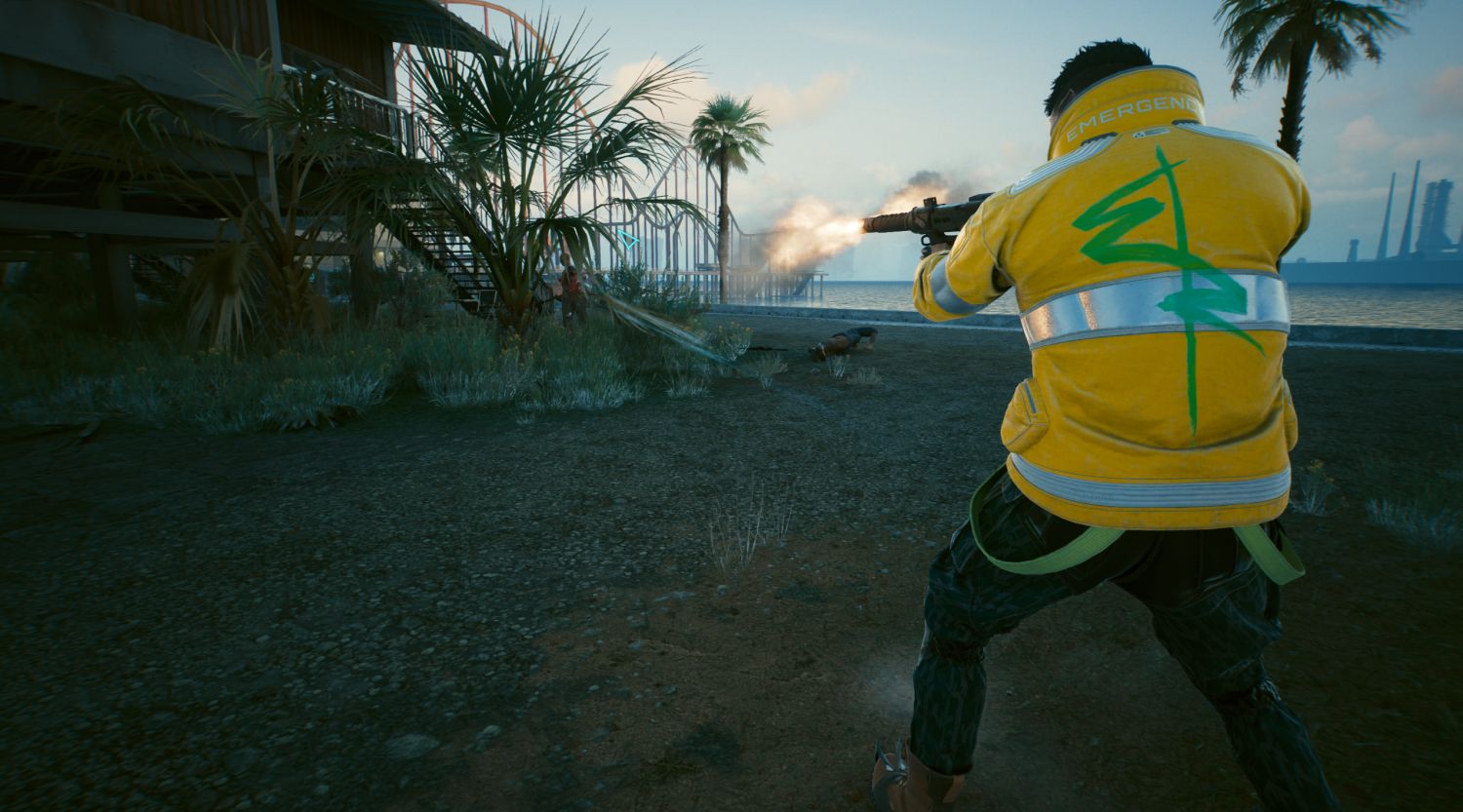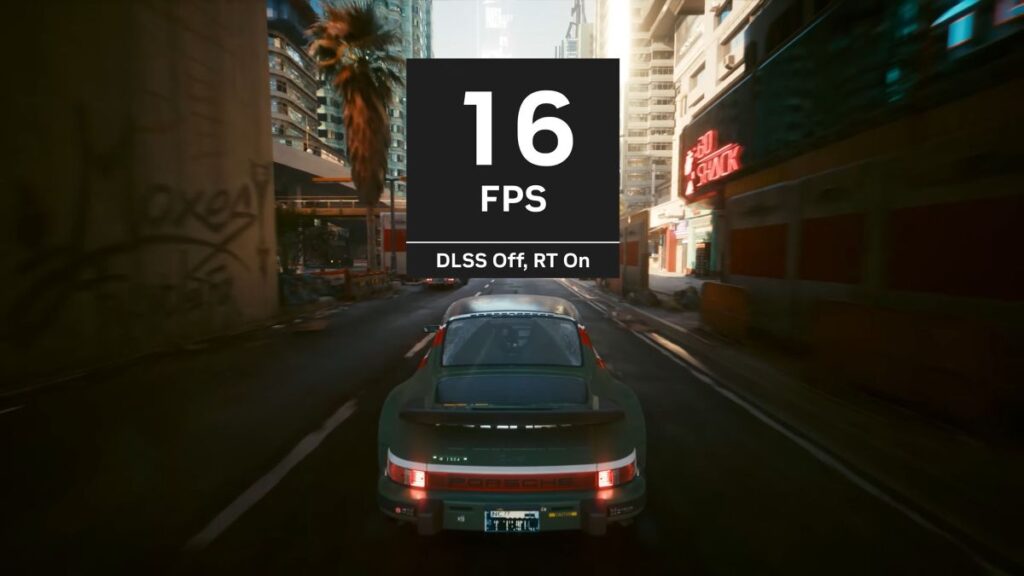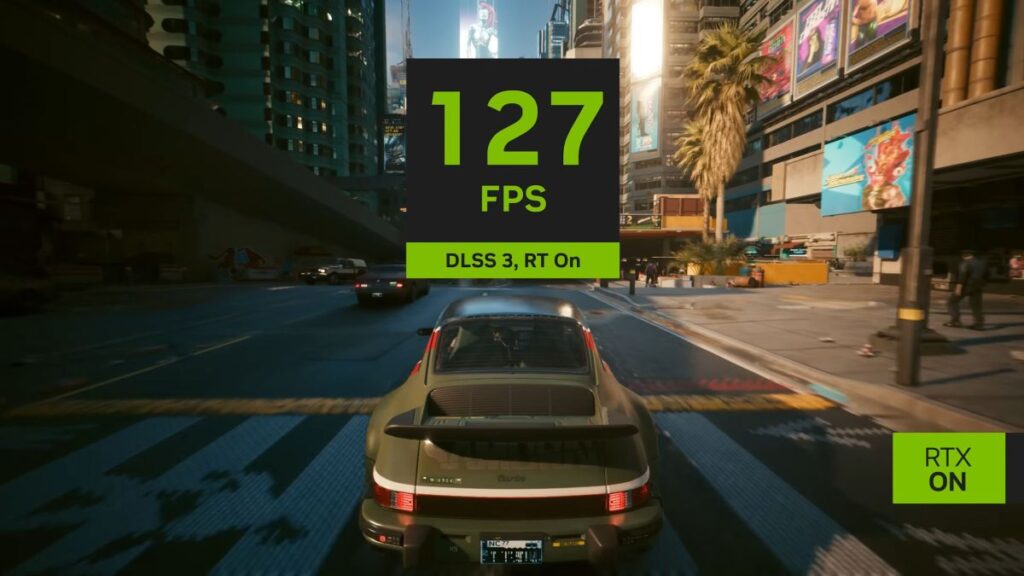It’s been a couple of years since CD Projekt Red (CDPR) launched Cyberpunk 2077 and in spite of a rocky launch riddled with bugs, glitches and unplanned disappearing acts of vehicles, the studio has already brought the game up to an acceptable enough level, and is still constantly adding on new improvements, patch after patch. In fact, in its next update, the game will be getting a patch that gives players access to an upgraded version of ray-tracing mode, known as RT: Overdrive Mode.
We first wrote about RT: Overdrive Mode back in March, when GDC 2023 was in full swing, and both NVIDIA and CDPR gave a technical session regarding the technology. The mode, also known as Full ray-tracing, which is also known as path-tracing, is actually just one of the two popular methods used by game developer whenever they wish to simulate the behaviour of light in-game. With the more conventional ray-tracing, the in-game engine traces the path of light rays and their interaction with different objects; this processing method requires a lot of graphical power but the end results are images and environments with very accurate reflections, refractions, and shadows.

With path-tracing that is used by the RT: Overdrive Mode, the lighting calculation is randomly computed and involves the path of lights that are sampled within an environment. It’s a less complex and demanding process but as a trade-off, the final product is an image with higher noise levels. NVIDIA, in this case, seems to have successfully mitigated that issue, as evidenced by its latest teaser video, showing off the mode in all its glory. In the brand’s words, “full ray-tracing models all properties of light from an unlimited number of emissive sources, delivering physically correct shadows, reflections, and global illuminations on all objects.”
There is a very clear and obvious trade-off for the new RT: Overdrive mode, and that’s an increased strained or processing power by the GPU, and NVIDIA actually shows it in the product demo. With full ray-tracing activated and its DLSS upscaling technology turned on, the feature effectively kneecaps an RTX 4090, with the GPU just able to churn out 16 fps on average, and at 4K resolution. Of course, flip the switch on the brand’s DLSS 3, and the framerate ratchets back above the 100 fps mark and stays there for the remainder of the short tech demo. Honestly, we’re not sure if that massive drop in frames is actually legitimate, but if it is, it does feel a bit soul-crushing, especially given the power a GPU such as the RTX 4090 commands.
The RT: Overdrive Mode is set to release on 11 April, so we’ll see just how much more taxing the full ray-tracing mode will be with less powerful cards.
(Source: NVIDIA, Tom’s Hardware, Videocardz)
Follow us on Instagram, Facebook, Twitter or Telegram for more updates and breaking news.





